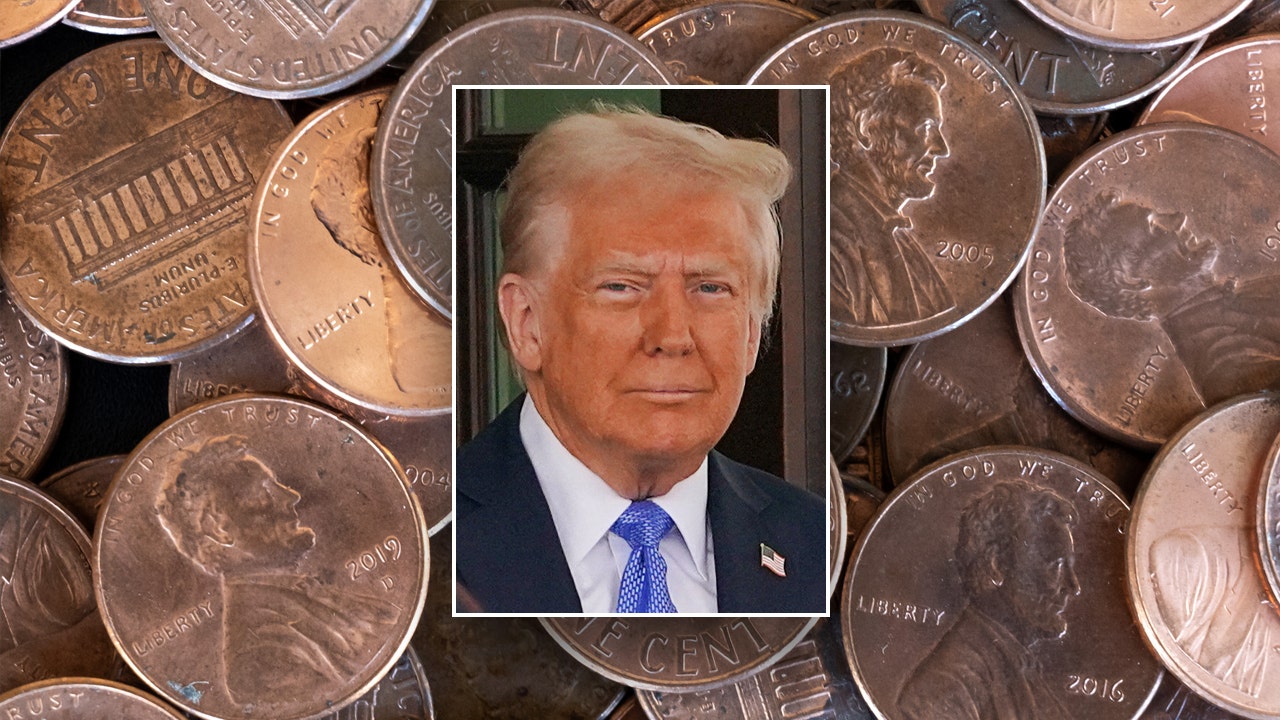Politics
How Trump might get rid of the penny — and what could come next for your pocket change

The Penny Conundrum: Weighing the Pros and Cons of Discontinuation
President Trump’s recent proposal to halt penny production has sparked a multifaceted debate, blending economic, legislative, and cultural considerations. The crux of the issue is the cost: each penny costs nearly 3.69 cents to produce, exceeding its face value. This discrepancy, highlighted by both Trump and Elon Musk’s Department of Government Efficiency (DOGE), underscores a clear economic argument for discontinuation.
Yet, proponents argue that eliminating the penny might not be the most effective solution. Groups like Americans for Common Cents suggest focusing on the nickel, which costs 13.8 cents to produce, as a more impactful target. The logic is clear: addressing the nickel’s higher production cost could offer greater financial benefits. However, altering the composition of coins to reduce expenses presents its own challenges, as cost-effective alternative materials are scarce.
The role of Congress adds another layer of complexity. Historically, legislative attempts to discontinue coins have met resistance, indicating potential opposition to Trump’s proposal. Senators Ernst and Hassan have previously attempted to modify the penny’s composition, but faced setbacks due to material costs. This suggests that while bipartisan interest exists, practical solutions remain elusive.
Cultural and practical implications further complicate the issue. The penny, a symbol of American currency for over a century, holds sentimental value. Its elimination could affect pricing strategies and potentially drive inflation in small transactions. Conversely, the trend towards cashless transactions might mitigate these effects, lessening the practical impact of discontinuing the penny.
DOGE’s broader cost-cutting mission, exemplified by the shutdown of USAID, places the penny issue within a larger context of governmental efficiency. Critics caution that such measures might have unforeseen consequences, particularly in areas reliant on federal support.
In conclusion, the debate over the penny’s future is intricate, involving economic prudence, legislative hurdles, and cultural attachment. While the economic argument for discontinuation is strong, alternative solutions and the practical implications of such a move warrant careful consideration. The outcome will depend on balancing fiscal responsibility with the broader impacts on society and economy.


















